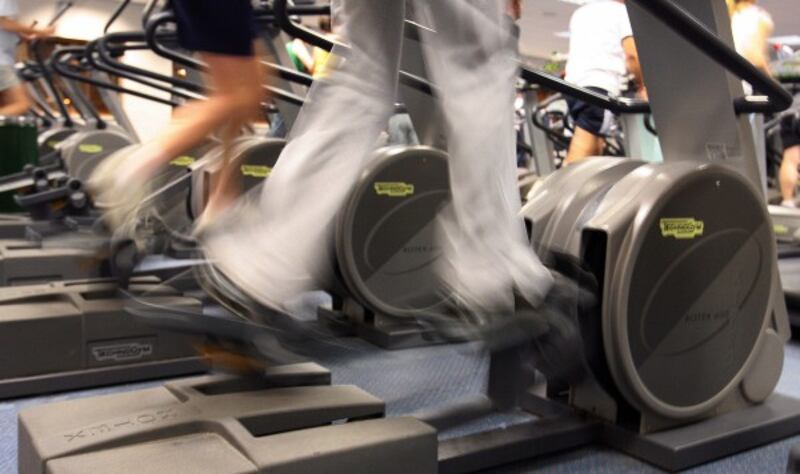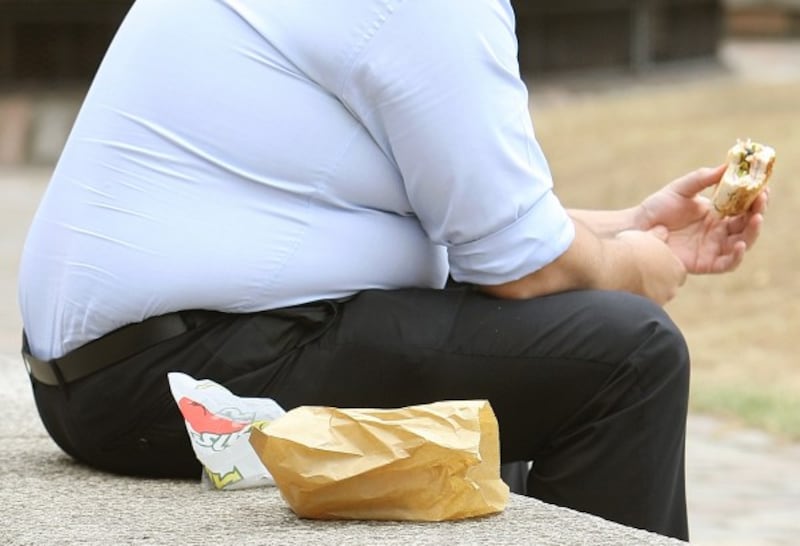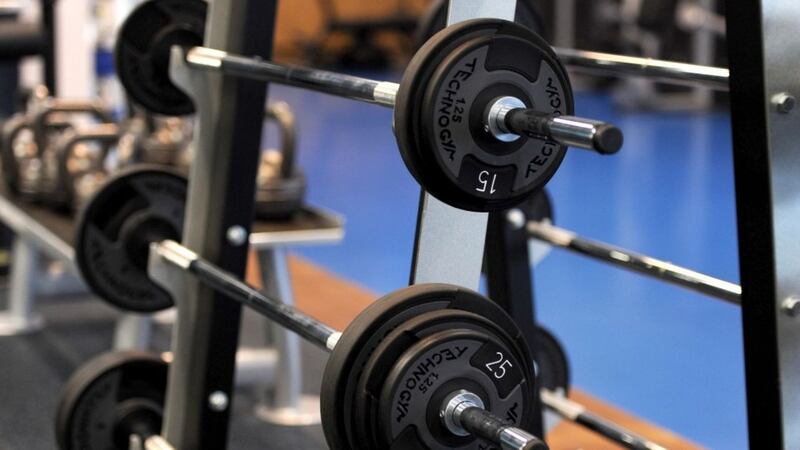A muscle-building “exercise pill” that could reduce visits to the gym has come a step closer after a new study focusing on a protein that keeps us weak.
Scientists found that suppressing production of the protein myostatin increased muscle mass and led to significant improvements in markers of heart and kidney health.
Although the research was conducted in mice, the team hopes that further down the road it will lead to human treatments.

Lead researcher Dr Joshua Butcher, from Augusta University in Georgia, US, said: “Ultimately, the goal of our research would be to create a pill that mimics the effect of exercise and protects against obesity.
“A pill that inhibits myostatin could also have applications for muscle-wasting diseases, such as cancer, muscle dystrophy and Aids.”
Myostatin is known to be a powerful “brake” that holds back skeletal muscle growth.
Studies suggest that obese people produce more of the protein, making it harder for them to exercise and build up muscle.
“Given that exercise is one of the most effective interventions for obesity, this creates a cycle by which a person becomes trapped in obesity,” said Dr Butcher.

The researchers bred four groups of lean and obese mice that were genetically programmed either to produce uninhibited levels of myostatin or to be completely lacking in the protein.
As expected, mice with no myostatin became markedly more muscular.
Obese mice unable to produce myostatin remained fat, but they were also stronger and showed markers of heart and metabolic health on a par with their lean counterparts.
They were in dramatically better shape than obese mice with unrestricted myostatin production.

Dr Butcher added: “In our muscular obese mouse, despite full presentation of obesity, it appears that several of these key pathologies are prevented.
“While much more research is needed, at this point myostatin appears to be a very promising pathway for protection against obesity-derived cardiometabolic dysfunction.”
The research was presented at the American Physiological Society’s annual meeting, Experimental Biology 2017, in Chicago, US.








